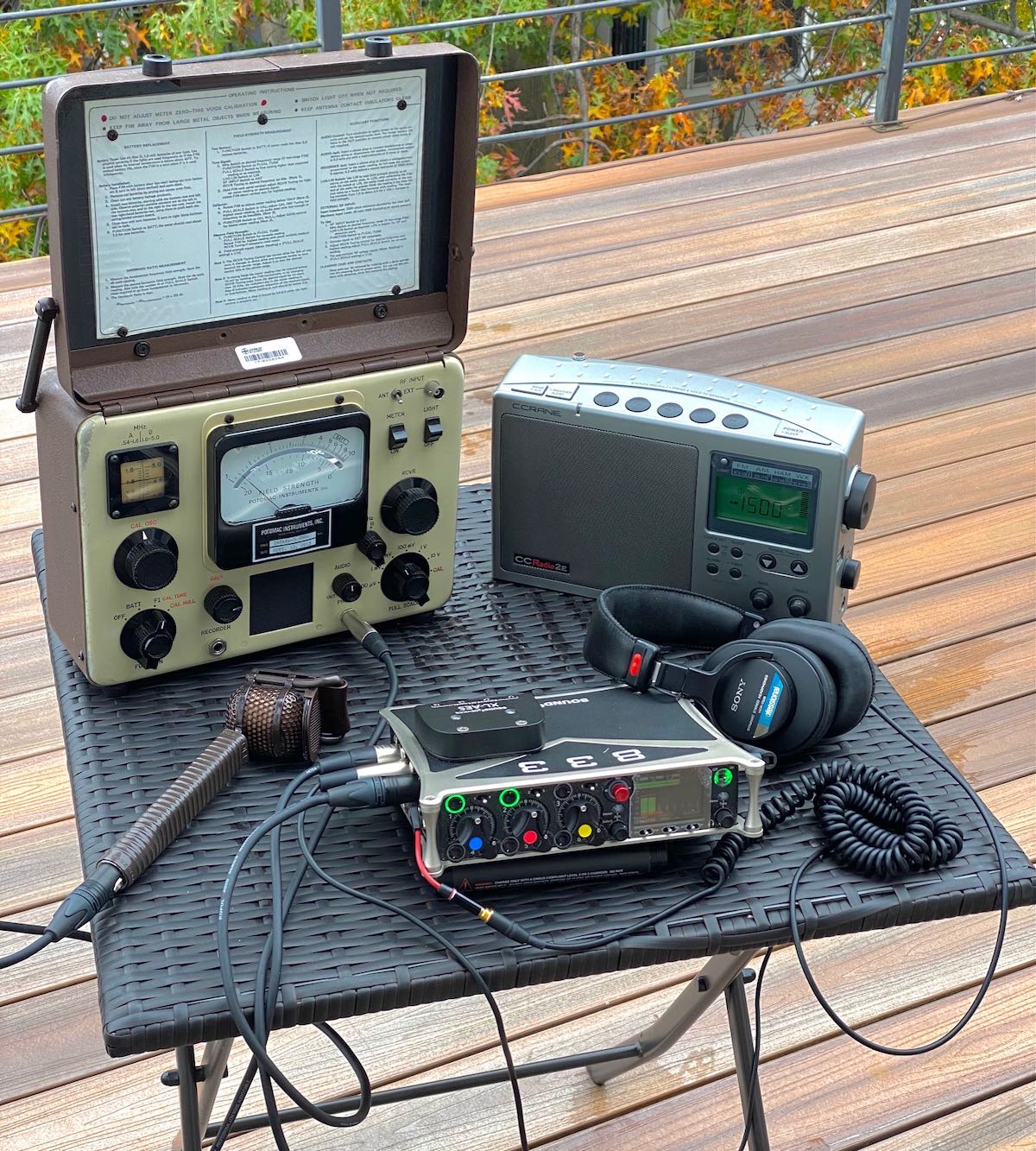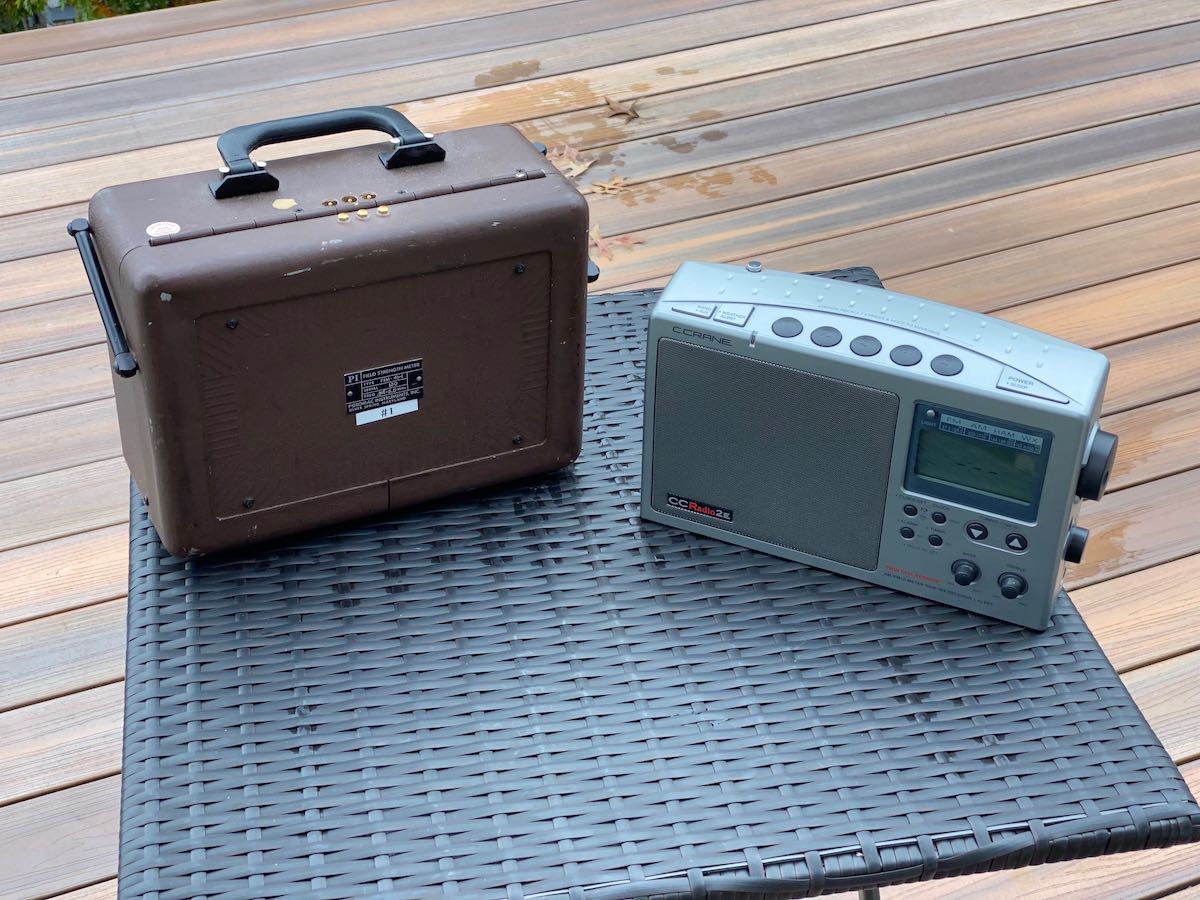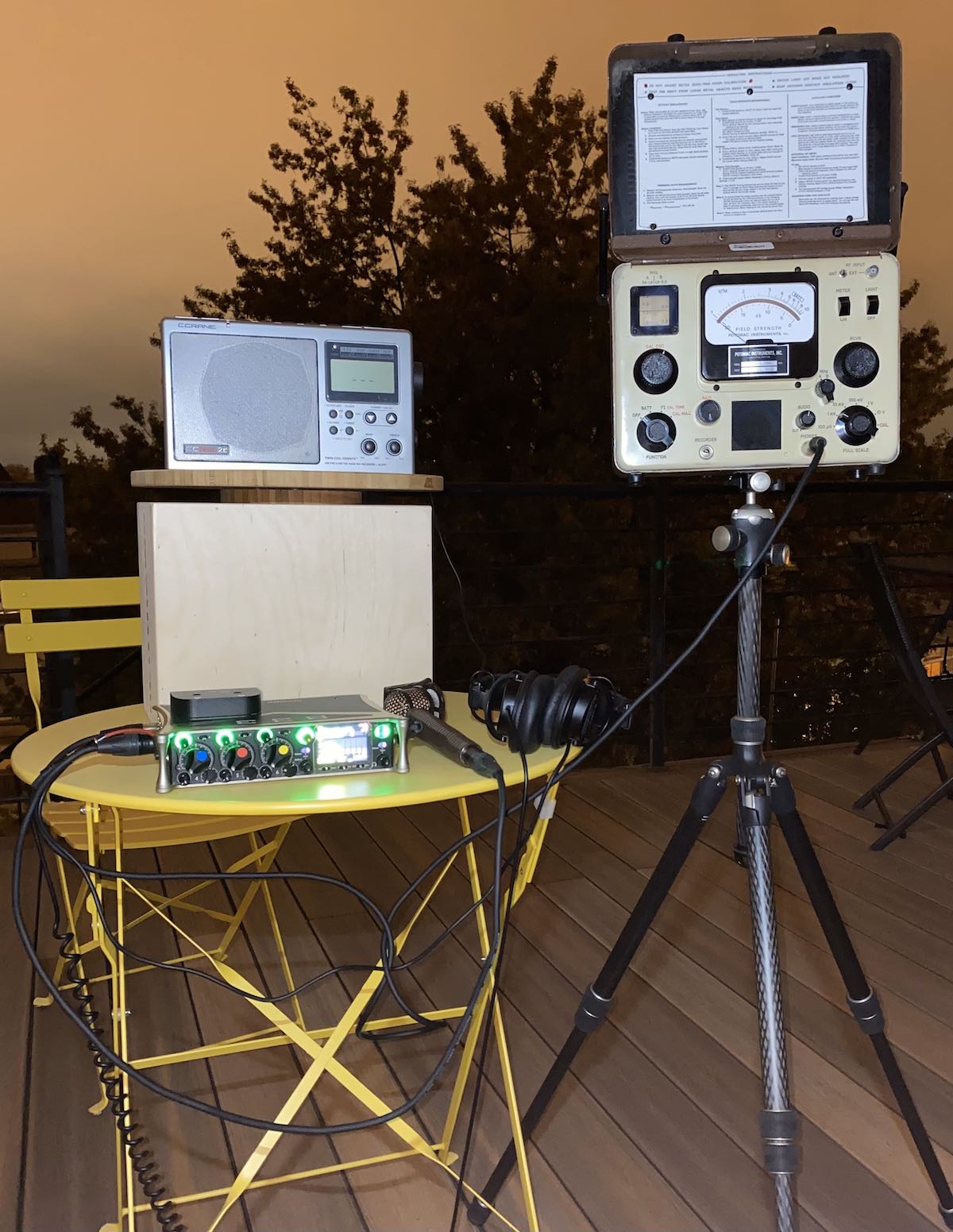Many thanks to SWLing Post contributor, Matt Blaze, who writes:
I did another head-to-head receiver comparison, this time of two MW BCB AM portables: The C.Crane Radio 2/e vs. the Potomac Instruments FIM-41 field intensity meter.
The latter is not intended as a receiver, but rather a test instrument, but it turns out to be the among most sensitive MW receivers I’ve ever used. So I thought it would be interesting to compare its performance with that of a well-regarded modern portable.
Audio Comparison:

Our two contenders with comparable portable radios: the GE Super Radio, Panasonic RF-2200, and Sony ICF-EX5MK2.
Another brilliant audio comparison, Matt! Thank you so much for taking the time to put this together! I actually believe audio comparisons, as you’ve set them up, are a fantastic way of sharing A/B comparisons.
Click here to check out all of Matt’s receiver audio comparisons.





I’m sort of amazed that an AM / MW guy wouldn’t know what a Potomac Instruments device is, especially here in the USA. Field INTENSITY Meter is an older way to say Field STRENGTH Meter, only this one is calibrated. It is used by stations, especially prospective ones, to verify their radiation pattern and field strength are comparable to the models used to license them.
Put it another way: every radio service in the USA (all[?] other countries as well) use E(I)RP licensed power. Amateur radio has mostly been exempt from this although new bands like 2,200m, 630m, and 60 meter power limits are all listed in E(I)RP (can’t remember which at the moment). For AM / MW broadcast, this is pretty much the ONLY instrument used to get absolute field strength readings to file with the FCC, so when that station says it should have, say, 282mV/m @ 1km, the FIM-41 will tell you if that’s true or not!
Hope this helps!
How’s the performance on the FM BCB (FIM -71 covers 45-225 MHz) for the FIM-71 compared to the RF-2200 or GE SuperRadio II or McIntosh MR-80 or MR-78?
This is wonderful, Matt. And thanks for introducing me to a new and totally unique MW RX!
Never heard of the Potomac FIM, but your use of it for receiving is interesting. Years ago I had an old Sierra frequency selective level meter that was designed for telephone line troubleshooting. However it covered longwave, medium wave, and some shortwave. These units can be purchased on the used market (EBay) and used for radio reception too. Thank you for the interesting post.
My preferred MW receivers are the Grundig Satellit (2000, 2100, 3000 or 3400) with their very long ferrite antenna. Maybe might be interesting to compare these receivers with the new ones. I never found an RX able to receive MW and LW like my old (and now died) Satellit 2000. With it, I can receive European LW stations even in daytime (I live in the North of Italy).
A couple notes. It was cold and dark on the roof and I was without notes when I recorded this, so I said a couple of wrong things. The weak signal from KCJJ audible on the FIM41 was about 40 microvolts/meter, not 400. and the original price of the FIM was about USD 13,000, not 1300 as I had said for some reason.
In any case the FIM is an amazing performer and I think also an absolutely beautiful receiver, and If you can find one at a good price, it’s a fun thing to have in your radio arsenal. But that said, while it does outperform the best of the consumer portables, the difference probably doesn’t justify the price (typically over $1K on the used market) for most of us.